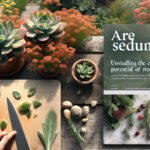Introduction to Sedum and Container Planting
When you think of hardy, versatile plants that thrive with minimal fuss, succulents like sedum probably spring to mind. Known for their resilience and diverse forms, these charming plants have turned the heads of enthusiastic gardeners worldwide. Yet, the question lingers: can I grow sedum in a pot? Let’s delve into the world of succulents and discover the secrets of container planting.
The genus Sedum includes an array of species, offering a plethora of shapes, colors, and textures that can beautify any space. The real allure of these succulents lies in their adaptability. Believe it or not, sedums transition to container life as seamlessly as they would in the wild. The key lies in selecting the right container—a home where these little troopers can flourish without a hitch.
Care for sedum plants in pots is not a Herculean task. Imagine you’re accommodating a guest who finds comfort in the simplest corner of your house. Sedums aren’t looking for the grandest pot; they yearn for one that mimics their natural rocky habitats, with gritty soil that drains quicker than you can say “succulent”. And guess what? When you get it right, watching them grow is as rewarding as tucking into your favorite comfort food after a long day.
Now, let’s talk practicality. Whether it’s a vintage teacup or a rustic wooden crate, your choice of container will set the stage for your sedum’s success story. Couple that with a good sip of sunlight and a pinch of water, and you’ve got a recipe for thriving, potted nirvana! If you need a visual guide to creating the perfect home for your sedums, check out this helpful video:
For those looking to deepen their knowledge and ensure success, understanding more succulent care tips can transform your gardening experience. It’s not just about keeping your plants alive; it’s about watching them thrive. Dive into the multitude of benefits that sedums and other succulents can offer when you invite them into your life and home.
Remember, growing sedum in a pot is much more than a gardening activity—it’s a creative expression. Each sedum you plant is a living sculpture, a piece of Mother Nature that you can shape and nurture. The beauty of container planting is that it’s a journey, a story with each pot being a unique chapter. So, are you ready to unfold your very own sedum saga?
Selecting the Perfect Pot for Your Sedum
Gazing upon a sedum settled in its ceramic throne, one can’t help but admire how this humble pot propels the plant to its peak potential. Let’s talk about setting the stage for your succulent’s success, beginning at its very foundation: the pot. Size does matter here – too tight, and your sedum’s growth gets stifled; too spacious, and you risk waterlogging woes. Aim for a Goldilocks zone, where the roots have room to breathe but aren’t drowning in excess soil.
Drainage deserves the spotlight just as much. Raise your hand if you’ve mourned a succulent that succumbed to soggy bottoms (it’s a judgement-free zone here). Sedums crave a well-draining residence. Cue the necessity for a pot with holes ready to whisk away excess water—ensuring your plant pal doesn’t sit in moisture more suited to a marsh than a desert dream.
Now, let’s muse over materials – and, oh, the variety! Terra cotta brings breathability that’s hard to beat, whispering to the roots with its earthy charm. While plastics and metals play the role of modern mavens, they require a keener eye on watering, as they tend to keep moisture in longer. But fear not! They bring a lightweight ease to moving your succulent sanctuary around.
Imagine this: your sedum perched in a perfectly chosen container making every other plant pal green with envy. Choosing the right pot is less about rigid rules and more about understanding what your green buddy needs to thrive. Don’t let your sedum down by dwelling too long on decisions; the perfect pot is out there, promising a future of flourishing fascination.
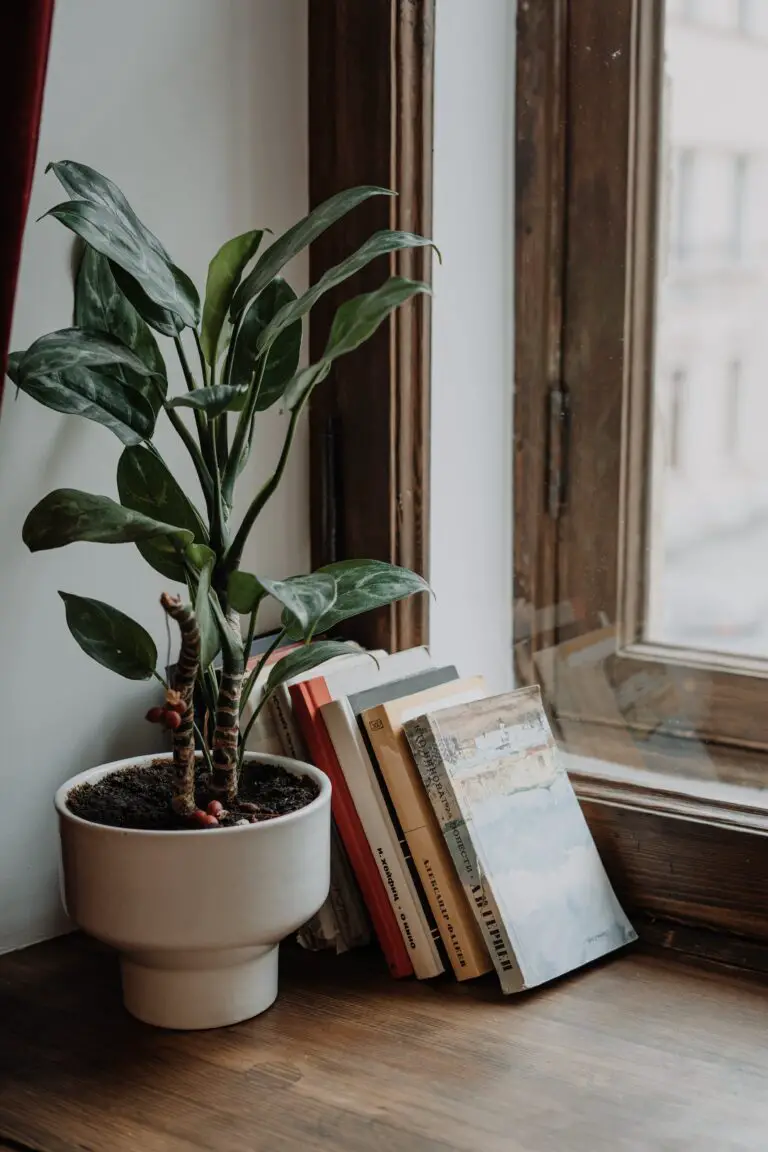
Curious about keeping your sedum smiling? Check out our guide on succulent TLC. It’s packed with insights on securing the vibrancy and vitality of your potted friends. After all, the right abode for your sedum is just the beginning; giving it continuous love and optimal care will script its success story.
Ideal Soil Mixtures for Potted Sedum Success
Picture this: You’ve just picked up a vibrant sedum, dreaming of its stress-free maintenance and year-round charm. But before you settle it into any old pot with random soil from your backyard, let’s talk about the recipe for success. Sedum doesn’t ask for much, but it sends out an SOS for one thing—the right potting mix!
Now, let’s dig into the dirt. Imagine a soil so airy and well-drained, it practically breathes life into your plant. The best potting mix for your potted sedum feels like it’s fresh from a Mediterranean holiday—light, loose, and with just enough substance to hold nutrients. It’s not just dirt; it’s a luxurious bed for your succulent’s roots.
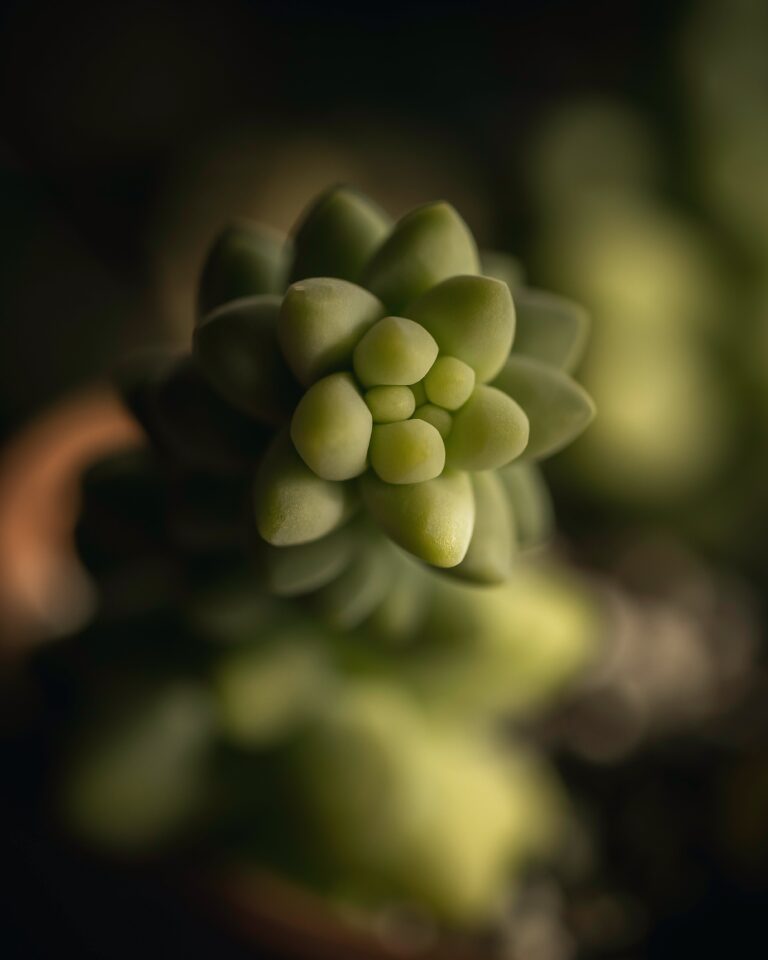
How do you concoct this magical mix? Start with a cactus potting soil; think of it as the little black dress—it’s essential and works for almost any succulent occasion. Now jazz it up with some perlite, vermiculite, or sand—the sequins and sparkles, if you will—to ensure proper drainage. The goal here is to avoid waterlogging at all costs because, in the world of sedum, soggy is synonymous with sorry.
A good rule of green thumb is to aim for proportions that allow for swift water passage. But don’t let the nutrients slip away! Toss in some compost or worm castings to keep the feeding balanced. Not everyone has a compost bin humming away in their backyard, but it’s an ingredient worth the extra shovel.
And if you’re looking for more gardening insights, don’t forget that the soil isn’t a “set it and forget it” deal. Seasonal adjustments may be necessary to keep your sedum smiling. Think of it like swapping out a sweater for a sunhat as the weather waxes and wanes.
Achieving the Perfect Balance
If the metaphorical cake is over-or under-baked, the tantalizing texture of your potting mix can tip the scales toward triumph or tragedy. Too dense, and you’ll drown out the dreams of your drought-loving darling. Too light, and it will thirst for more than just your attention. That’s why it pays to perk up your potting practices and hone in on the harmony of hydration and nourishment.
In conclusion, let your sedum set down roots in a pot that’s perched on a pedestal of perfect potting mix. It’s not just growing a plant; it’s nurturing nature’s tenacity in a terracotta home. So, scoop, mix, and plant—the sedum success story starts in the soil.
Choosing the Right Sedum Varieties for Containers
When it comes to cultivating a lush, vibrant garden without the need for expansive outdoor space, sedum species stand out as the perfect candidates for pot culture. These hardy succulents offer a myriad of forms, textures, and colors that can enliven any container garden. But don’t just grab any sedum off the shelf! Let’s dive into which sedum varieties are best suited for the cozy confines of a container and how to keep them flourishing.
Compact Charmers and Towering Beauties
For starters, consider the ultimate size and habit of the sedum. Compact varieties like Sedum sieboldii or Sedum dasyphyllum ‘Minor’ are excellent choices—they maintain a neat footprint, ideal for smaller pots and tabletop displays. On the other hand, if you’re looking to make a statement with a bold centerpiece, choose a taller variety, such as Sedum spectabile, which can create dramatic vertical interest.
Take the example of ‘Dragon’s Blood’ sedum, which, with its captivating crimson foliage, provides a striking contrast against lighter greens or silvery succulents. This particular variety not only brings a pop of color but is also known for its ability to withstand fluctuating temperatures—a characteristic that makes it a reliable companion for year-round enjoyment.
Personalizing with Pots
The pot you choose is also part of the equation. Does your chosen sedum like to spread out? A wider, shallower pot would be a perfect match. Perhaps you’ve fallen for the cascading allure of Sedum morganianum, the famous “burro’s tail.” In this case, a hanging pot will showcase its draping tendrils beautifully, allowing them to drape gracefully over the sides.
Now, while it’s easy to get swept up in the aesthetics of sedum selection, remember that care requirements can vary. Some sedum varieties are drought champions, needing very little attention, while others might prefer a bit more TLC with regular watering and some afternoon shade to protect their vibrant hues. It’s worthwhile to mimic their natural rocky habitats; gritty, well-draining soil will ensure your potted treasures don’t sit in moisture any longer than they wish.
Curious to see these sedum varieties in action? Let’s take a look at a video that walks us through some splendid sedum options for your next container project.
So there you have it—your guide to picking the sedum that won’t just survive in a pot but will thrive, granting you a verdant companion that’s as low maintenance as it is high impact. Whether you’re a seasoned green thumb or a budding plant enthusiast, sedums in pots are a fantastic way to greenify your living space with ease.
Sunlight and Temperature: Creating the Perfect Environment
Thriving sedum plants in pots isn’t just about potting mix and water; it’s also about setting the stage with the optimal balance of sunlight and temperature. These hardy succulents yearn for the sun’s embrace but not its scorching kiss. So, where’s that sweet spot? It’s in providing ‘Goldilocks’ conditions – not too hot, not too cold, but just right.
Pot Positioning for Perfect Sunlight
Sun worshipers by nature, sedums require a healthy dose of sunshine to flourish – typically around 6 hours of indirect, bright light daily. Picture a sedum basking in the morning sun, its colors deepening, foliage firming! Avoid the intense afternoon rays though; they can cause your potted friend more stress than a Monday morning. Place your pots in spots where they’ll catch gentle morning light but get shielded from the harsh afternoon sun, perhaps by a sheer curtain or a strategically placed larger plant.
Shading Sedum from the Scorching Sun
On the flip side, while sedums are sun-seekers, they aren’t fans of the heatwave. If your summers feel like the inside of a bakery oven, you’ll want to provide some shade. An outdoor setting with dappled sunlight or a porch that gets partial sun can be perfect. Remember, the goal here is to mimic the natural environment where sedums thrive – think rocky outcrops with the occasional shadow cast by an overhanging cliff or tree.
Temperature Tips: Warm Days, Cool Nights
Temperature plays a vital role, too. Sedums are versatile but do best in environments that have a temperature range between 60-70°F (15-21°C) during the day and slightly cooler at night. This range supports their growth cycle and emulates the cool evenings of their native habitats. Think of how refreshing a cool evening can be after a day under the sun – it’s rejuvenating for plants and people alike!
Let’s not forget about winter; these plants are not just fair-weather friends. Many sedum varieties are cold-hardy, making them ideal for the chillier months. However, potted sedums may need a bit of extra care since pots can’t insulate as the ground does. If you’re in a zone where temperatures plummet, consider moving your pots to a sheltered area or even indoors to prevent root damage.
With the right exposure to sunlight and careful management of temperature, your potted sedums will not just survive; they’ll thrive. They’ll be the living proof that with a little care, these resilient plants can create a lush tapestry of color and texture, even in the confines of a pot.
Watering Your Potted Sedum: Best Practices
Think of watering your sedum as nurturing a friendship—you’ve got to check in, but not too much. The key to a thriving container sedum is understanding the Goldilocks zone of watering: not too little, not too much, but just right. Let’s dive into what that looks like for your potted charmers.
First things first, sedum plants are succulents, which means they’re tailored to survive drier conditions—they’re not the needy types. They prefer a drink only when their soil is dry to the touch. Imagine the desert after a light rain, that’s the amount of moisture your sedum is longing for. A good soak every couple of weeks should suffice, but always let the top inch of soil be your guide.
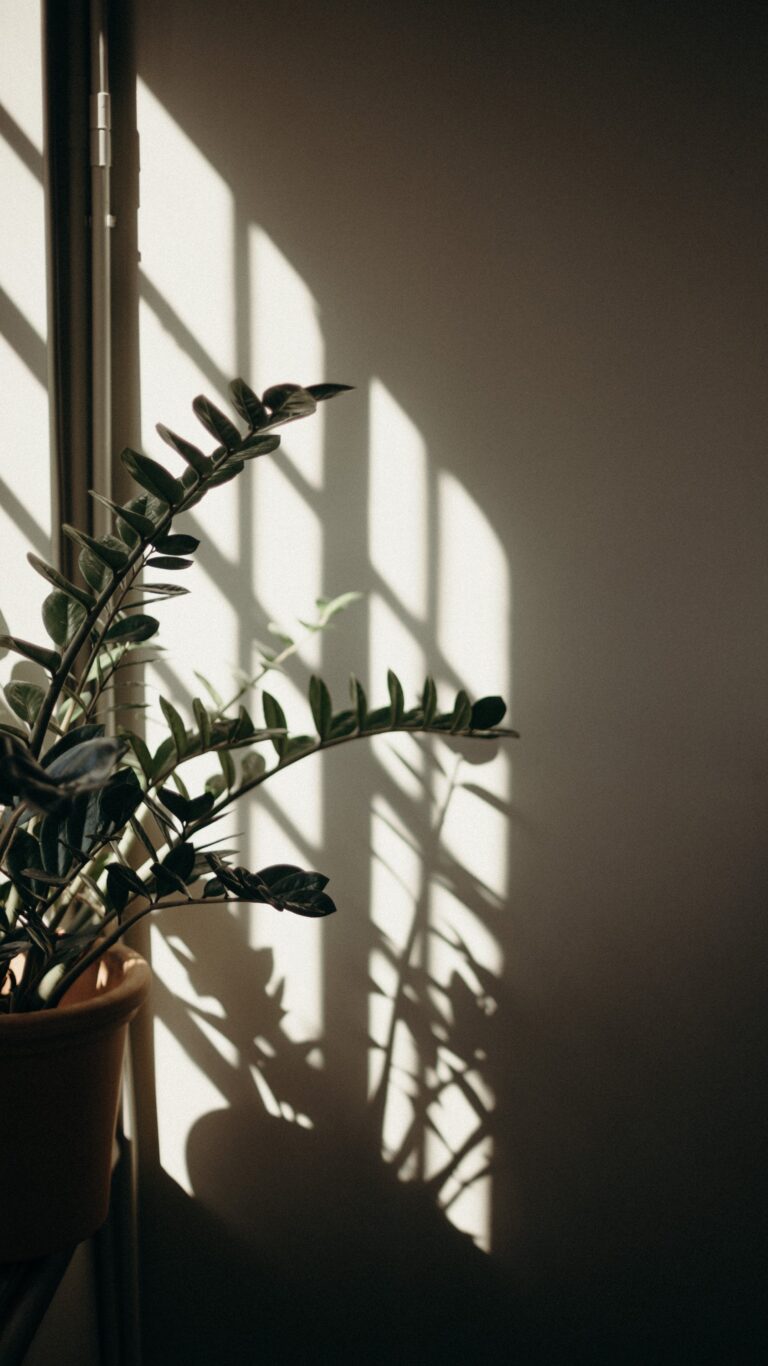
Now, signs of overwatering can show as easily as those tell-tale water rings on a wooden table. Look out for yellowing leaves, which are the sedum’s SOS signals. Soft, mushy stems or leaves are also red flags, indicative of too much love in the watering department. Be vigilant, because like overbearing friends, too much water can smother sedum’s roots, leading to rot and heartbreak.
Here’s where you can outsmart common watering pitfalls: Ensure your pot has drainage holes; this will allow excess water to run free, much like giving your plant the space it needs to ‘breathe’. Additionally, making friends with a water meter can add some scientific flair to your care routine, taking the guesswork out of when it’s time to water.
Incorporating these practices into your sedum care routine can lead to a lush, vibrant succulent that stands tall and proud in its container, much like a trophy that you’ve rightfully earned. Remember, every sedum has its own personality and watering needs—like friends, no two are exactly alike. Monitor, adjust, and, most importantly, enjoy the journey of potted sedum ownership. It’s a rewarding one!
Feeding Your Sedum: Fertilizer and Nutrients
Just like a chef masters the art of seasoning to bring out the best in a dish, you too can master the art of feeding your sedum to achieve a luscious and healthy container garden. Sedums, those plucky little survivors, thrive on neglect but that doesn’t mean they don’t appreciate a nutritious meal now and then. Let’s break down the essentials of fertilizing your sedum potted wonders.
First off, sedum doesn’t need much to flourish. These hardy succulents are famous for their “easy-to-please” attitude. Like a laid-back friend, they require little but give a lot back. When it comes to their diet, they prefer a light feeding schedule. Too much of a good thing? Not for sedum. Overfeeding can lead to floppy and overgrown plants that lose their compact charm, so we keep it on the down-low.
When selecting a fertilizer, think of it as choosing a multivitamin for your plant. You’re looking for a balanced, water-soluble blend, preferably one that’s formulated for succulents and cacti. These specialty fertilizers typically contain an ideal mix of nitrogen, phosphorus, and potassium, with a little extra punch of micronutrients like magnesium and calcium—think of it as a green smoothie for your green friends.
Application time is as important as the fertilizer itself. Think of it as catching the “happy hour” for plants. You’ll want to fertilize your sedum in the spring when the plant awakens from its winter rest and is raring to grow. Then, follow up with a lighter “snack” midway through the summer to help your sedum through the peak growth season. Imagine running a marathon; that mid-run gel pack is akin to this timely nutrient boost.
Now, if you’re picturing a sedum with a bib ready for its plant formula, you can erase that image! These succulents require a “less is more” feeding approach. Depending on the product you choose, you’ll likely dilute it and apply it every few weeks to once a month during the growing season. Always listen to the whispers of your plant and the advice on your fertilizer bottle—they’re the GPS for navigating sedum nutrition!
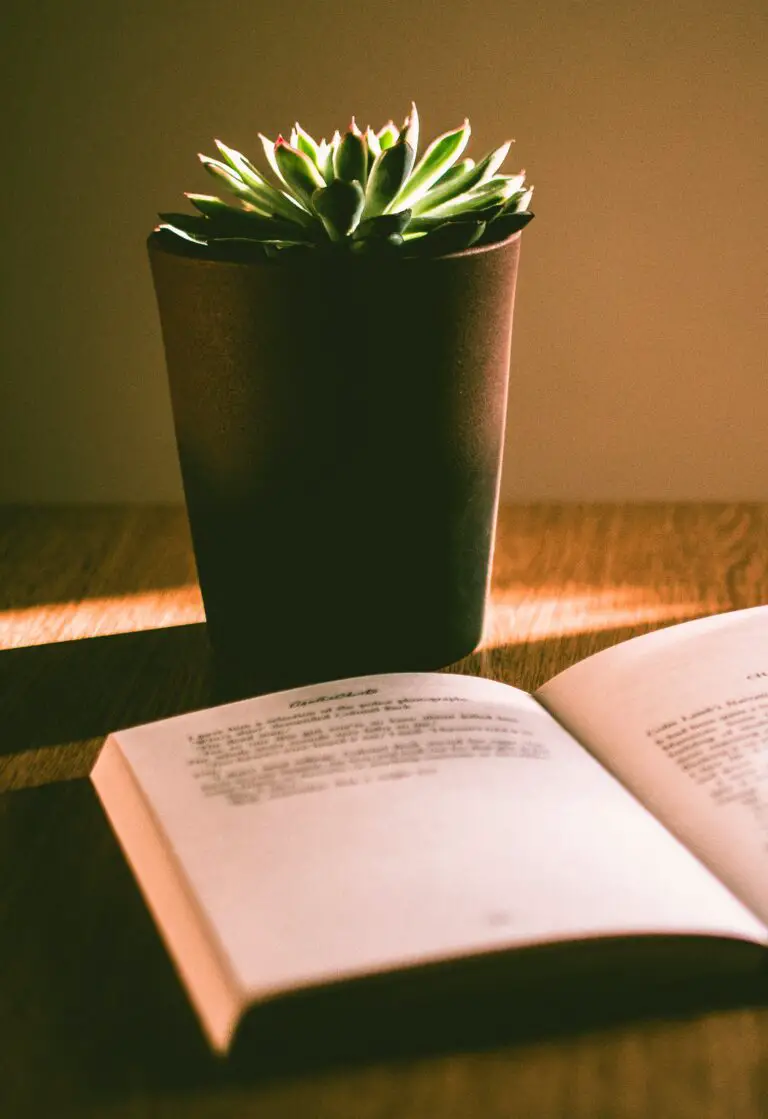
Remember, every sedum is a universe unto itself. Container size, soil composition, and the local climate all join the chorus in the song of sedum care. A small, shallow pot in a sunny spot may need more frequent watering—and by extension, fertilizing—than a larger pot in a cooler, shaded area. It’s all about tuning in to the rhythm of your sedum’s needs and responding with a conductor’s precision.
In essence, feeding your sedum is about nurturing a delicate balance. It’s not a once-off event but a seasonal symphony where you, the gardener, lead the orchestra. Keep your baton steady, your movements precise, and your awareness sharp, and you’ll cultivate not just a pot of sedums but a verdant masterpiece of container succulents.
Potted Sedum Maintenance: Pruning and Propagation
Embrace the world of container gardening with the versatile sedum—these hardy, low-maintenance succulents are excellent candidates for pot culture. Let’s dive into the specifics of caring for your potted sedum friends.
Keep It Tidy: Pruning Your Potted Sedum
Thriving sedum in pots can sometimes become a little too exuberant, stretching beyond the confines of their container homes. Fear not, for regular pruning is not just about keeping appearances—it’s a vital part of sedum care. With clean, sharp shears, snip away overgrown stems just above a leaf node, ensuring you make your cut at an angle to prevent water from pooling. This will help your sedum maintain a compact, appealing shape and redirect its energy towards fresh growth. Consider this: every time you prune, you’re not ending a life but giving birth to new potential!
Pruning your potted sedums is akin to giving them a new lease on life. A good trimming can encourage bushier growth, keeping things lush and full. It’s much like a skilled barber crafting the perfect haircut, shaping the future of your green companion.
Sprouting New Beginnings: Propagating Sedum
Have you marveled at the miracle of life through propagation? With sedum, it’s a breeze. There are two paths you can wander—leaf cuttings or stem cuttings. Simply snip a leaf or take a cutting of a stem with a few leaves, let it callous over for a day or two to prevent rot, and then nestle it atop a bed of soil. Moisten the earth and wait patiently. In time, you’ll witness the emergence of tiny roots reaching down into the soil, a true spectacle of the circle of life.
Imagine this: a collection of potted sedums, each a clone of the last, stretching across your sunny windowsill or adorning your outdoor space. With propagation, it’s not just about growing plants; it’s about sharing and expanding your living anthology of succulents.

Engage with your potted sedum, and they will reward you with robust vitality and the joy of continuous creation. With these tips for pruning and propagation, you’re well-equipped to shape a thriving sedum sanctuary, lovingly crafted by your own hands.
Troubleshooting Common Potted Sedum Issues
So, you’ve potted that luscious sedum and are watching it with the pride of a green-thumbed garden dragon guarding its hoard. But what’s this? A few yellow leaves, a spot of mold—surely, these are not part of the treasure? Fear not, brave gardener, for these bumps on the road to a thriving sedum potted paradise are common, and most importantly, fixable.
Let’s tackle pests first—the uninvited guests that can turn your sedum soiree sour. Aphids and mealybugs find succulent leaves as sweet as candy, and they are not shy about settling in. Imagine you find a dinner plate the size of a park, wouldn’t you throw a picnic? Regular inspection of your sedum, especially the undersides of leaves, is your first line of defense. A sharp jet of water or an application of insecticidal soap can send these pests packing. Remember, the early gardener squashes the bug — or, in this case, deters them entirely.
Preventive Measures for Pests
But, what about diseases? Overwatering can make your pot a cozy Petri dish for fungi, causing root rot. It’s like throwing a pool party, but you forgot to tell everyone it’s BYOB—bring your own boat. Instead, ensure the potting mix is well-draining and that you water your sedum only when the soil is dry to the touch. Trust me, your sedum prefers to sip, not swim.
Winning the Battle Against Rot and Disease
Now, even if you have an eagle eye for bugs and a reserved hand on the watering can, your sedum might still face the gardening version of a close shave—environmental issues. A pot too shaded might make your sedum as leggy as a runway model, stretching out for any glimpse of sunlight. Conversely, a sun-scorched plant might look like it’s auditioning for a role as a tumbleweed in an old western. The sweet spot? A place where it can bask in the sun, not bake in it.
To further your cause, choose your tools wisely. A terracotta pot is like the sedum’s armor, allowing soil to breathe and excess water to escape through its walls. Think of it as medieval technology that holds its weight in a modern container garden.
If you’re in need of a visual guide, worry not! Here’s a resourceful video that delves into the common problems faced when growing sedum in pots, complete with tips and tactics to ensure your succulents thrive:
Equipped with your new knowledge, be the vigilant guardian of your potted sedum. With preventive measures and quick solutions, you’ll ensure your succulent centerpiece stays as the pièce de résistance of your garden collection.
Frequently Asked Questions
Ever wondered if that sun-splashed corner of your patio could be the perfect spot for a sedum spectacle? Well, you’re not alone in pondering the possibilities of potting these resilient succulents. Let’s dig into the most common curiosities gardeners have about cultivating sedum in containers.
What’s the Ideal Pot Size for My Sedum?
Think of sedum as the minimalist of the plant world—they don’t need a mansion to thrive! A cosy abode that’s just a smidge wider than the root ball is a great start. As a rule of thumb, if you’re potting a single sedum, choose a container that’s about 2 inches larger in diameter than the plant. But remember, life in a pot doesn’t mean life alone; grouping several sedums together for a mixed display will require a larger vessel — the perfect opportunity for an eclectic mix and match!
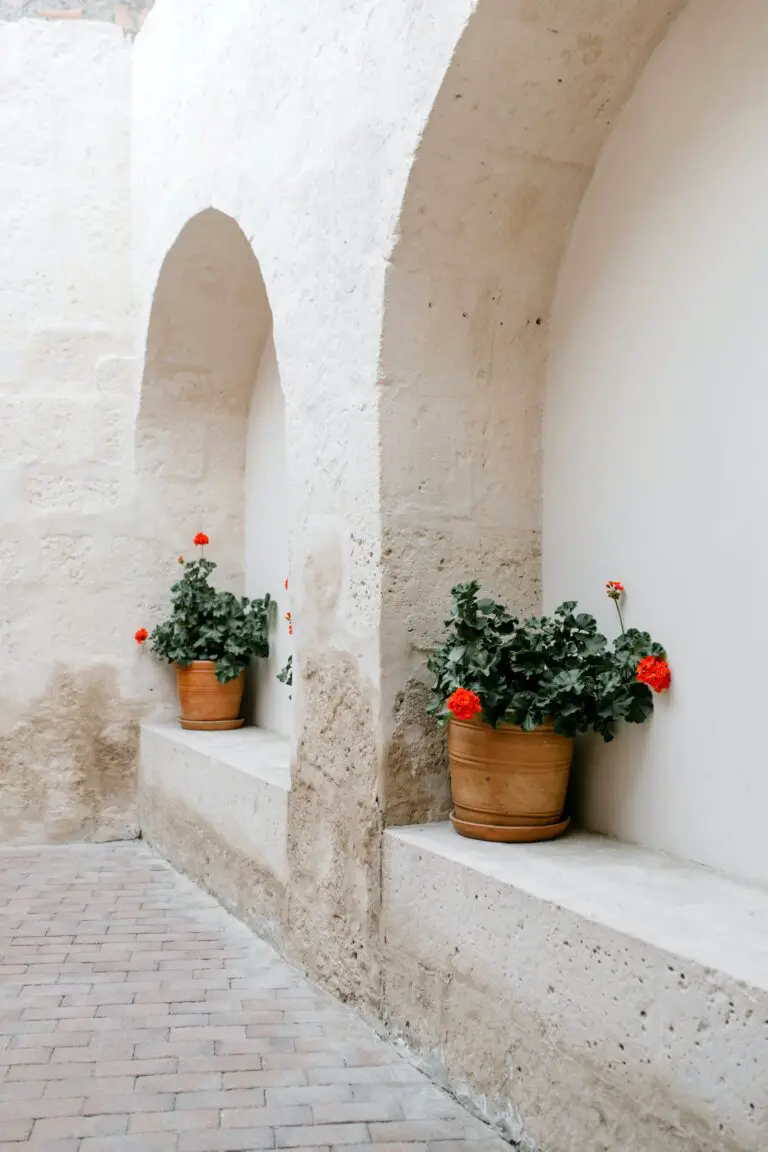
Will My Sedum Survive the Winter in a Container?
Just like bears hibernating in the den, sedum can also cozy up for the winter chill—in the right conditions. Hardiness varies by species, but many sedum plants are winter warriors. A well-draining pot is key; it’s like a good pair of waterproof boots to keep the feet, or in this case roots, from getting cold and soggy. Help your potted pals by placing them in a sheltered location, and considering a snug blanket—in the form of mulch or bubble wrap—to ward off the frostbite.
Troubleshooting Tips for Potted Sedum
Is your sedum sending out an SOS? Droopy leaves and a lackluster look could be signs of distress. First off, don’t drown your drought-tolerant buddies—a common blunder is overwatering, leading to root rot. Sedum prefers a drying spell between waterings. Also, keep an eye out for uninvited guests. Pests might throw a party at your sedum’s expense, so regular check-ups are crucial. Lastly, give them their daily sunbath—sedum loves basking in the light like a cat in a sunny window.
So, curious green thumbs, go forth and test those terracotta borders. When armed with the right knowledge, you can turn that humble pot into a sedum sanctuary that even seasoned gardeners would envy.


